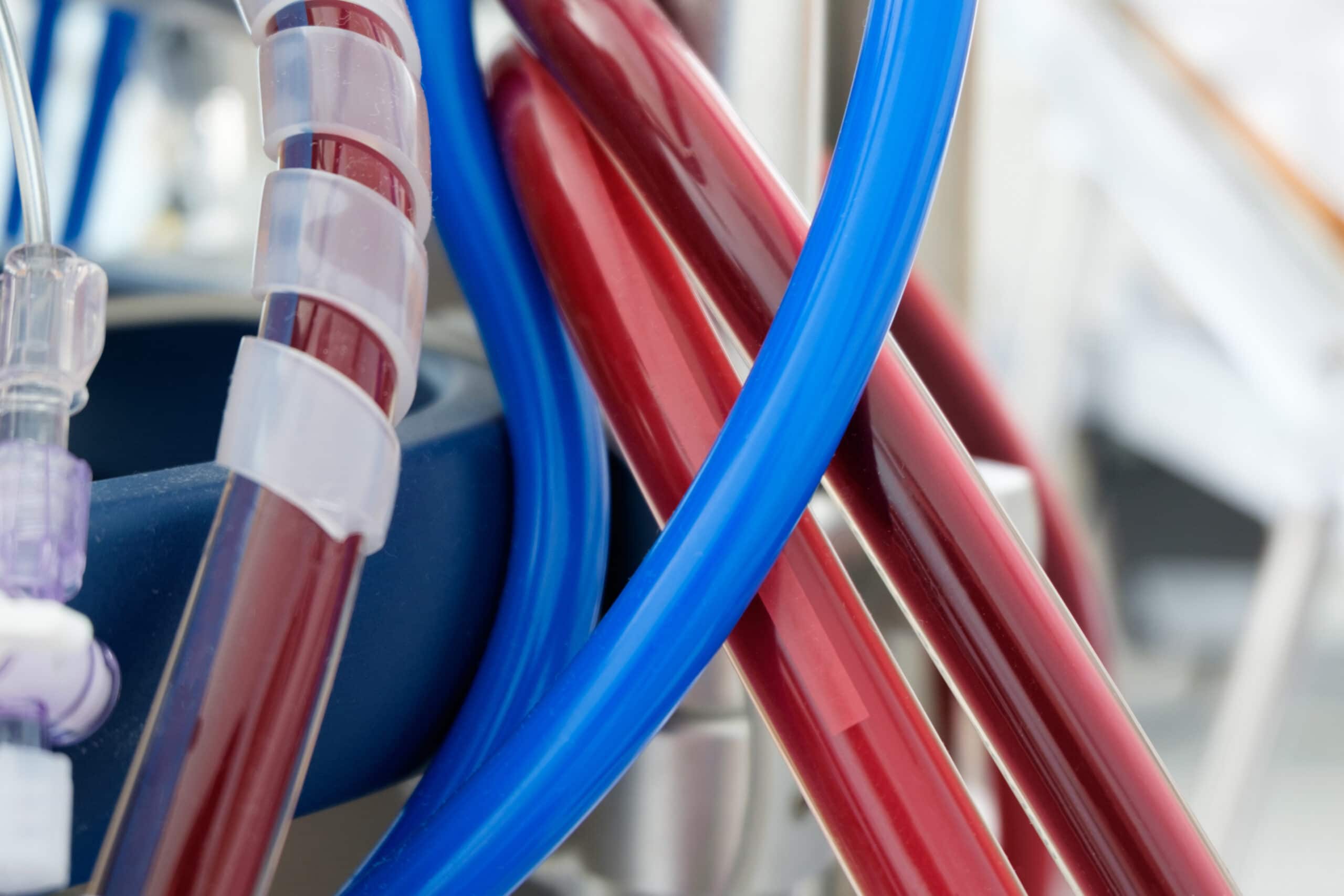Heater–Cooler Devices and Risk of Contamination during Cardiac Surgery

Background
Heater–cooler devices (HCD) have been implicated in a cardiosurgical contamination scenario causing prosthetic valve endocarditis.
Aim
We characterized contamination of new HCDs and assessed the risk of intraoperative microorganism transmission from the HCD to the operating field.
Methods
We initially acquired four new FlexTherm and then four new Maquet HCU40 HCDs and assessed occurrence and speed of microbial contamination (including mycobacteria) assessing swab and water samples from the device. In parallel, we collected repeated samples from different sites in the operating room either by swab sticks or by exposing different sample plates to room air. We also reviewed microbiological results from the hospital and compared them to cardiosurgical wound infections and endocarditis cases. Finally, we simulated cardiosurgical conditions and assessed the devices’ ability to expel air to the operative field.
Results
All new HCDs were clean before first use. Despite authority-mandated decontamination procedures, microbial growth (Fusarium solani, Sphingomonas paucimobilis, Pseudomonas aeruginosa, Mycobacterium chelonae, and gordonae) was identified in all HCDs over time and could not be permanently eliminated. Four of these mircoorganisms were also found in tap water. However, none of the HCD-organisms were found inside the laminar airflow operating area. Importantly, except for P. aeruginosa, none of the HCD organisms were found in patients with surgical wound infections or endocarditis. HCD-expelled air did not rise more than 40 cm above ground.
Conclusion
HCDs cannot be expected to remain sterile despite extensive decontamination procedures. However, airborne transmission of microorganisms directly from the HCD to the operating field appears unlikely.
